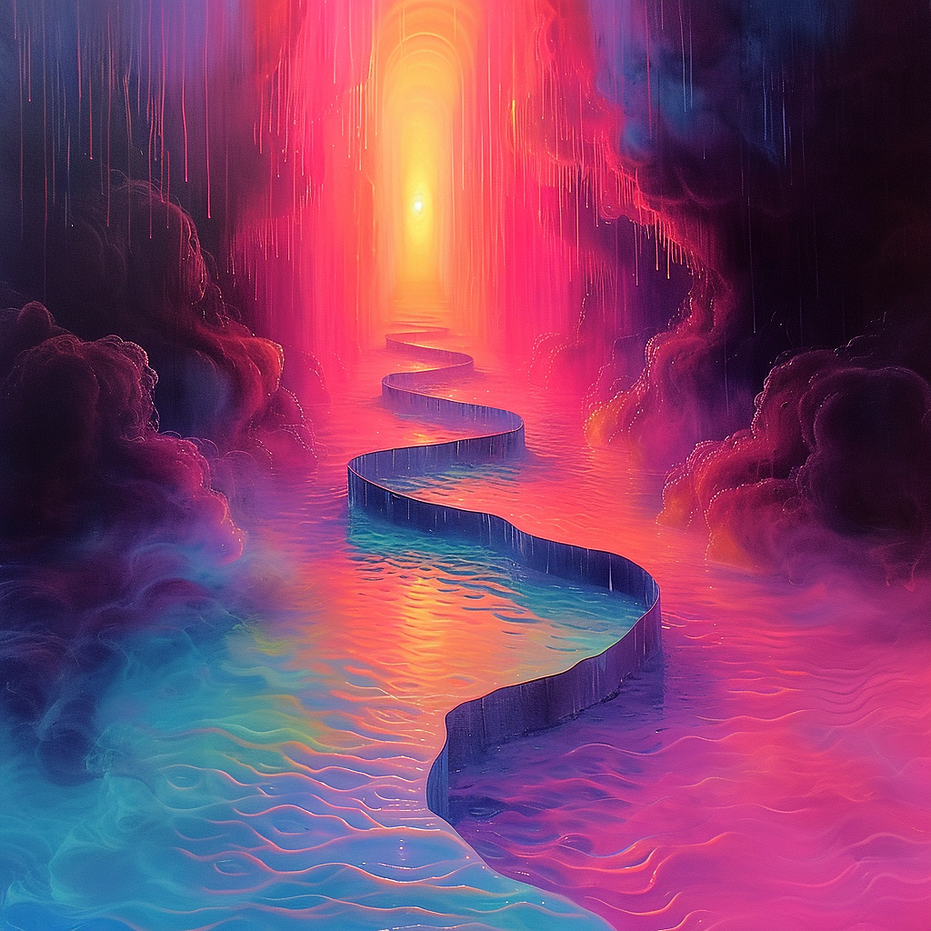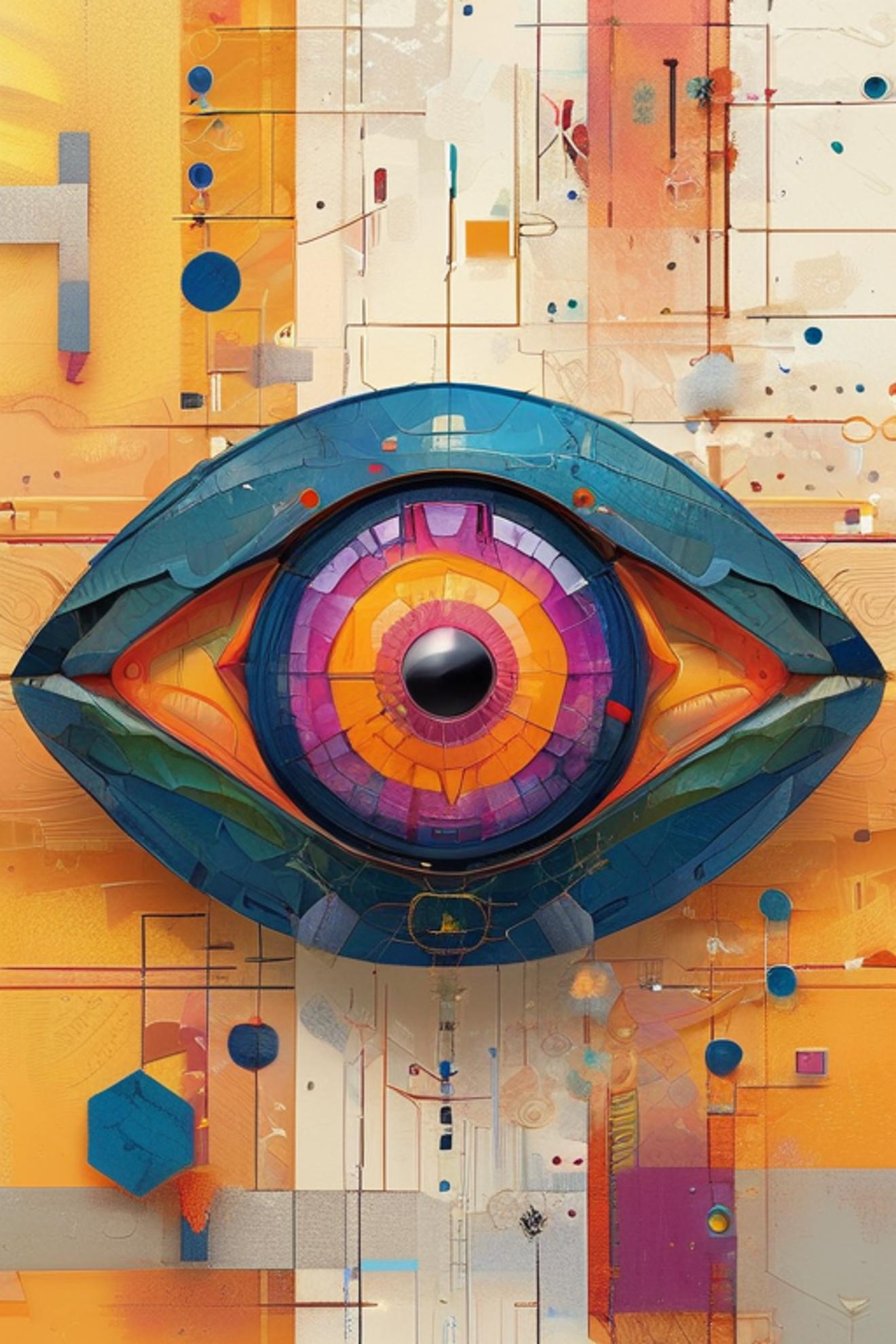The following is a summary by Gemini (previously bard), Googles AI for chatting, I asked Gemini to do a Q&A with me about my workflow for generating Lora’s on Civitai and then provide an article on the conversation.
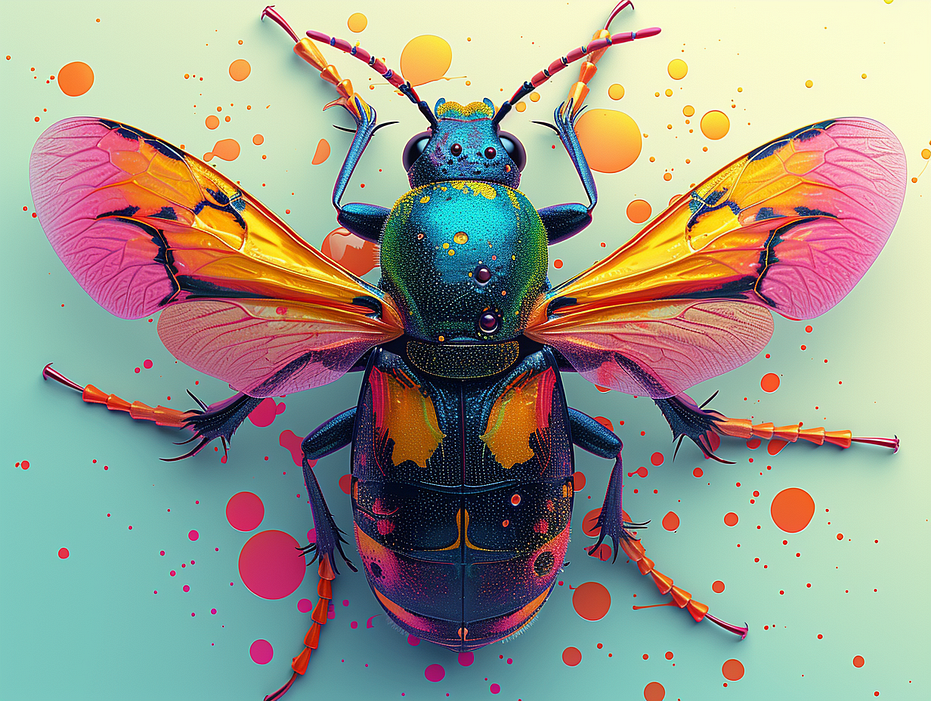
Introduction:
Hey there, I’m Nathan Cash, also known as Artfullyprompt in the online AI art scene. For the past year and a half, I’ve been diving headfirst into the world of AI-generated images, crafting stunning visuals, innovative LORAs, and even mesmerizing animations. What fuels my passion? Collaboration! And that’s why Civitai shines bright in my creative toolbox.
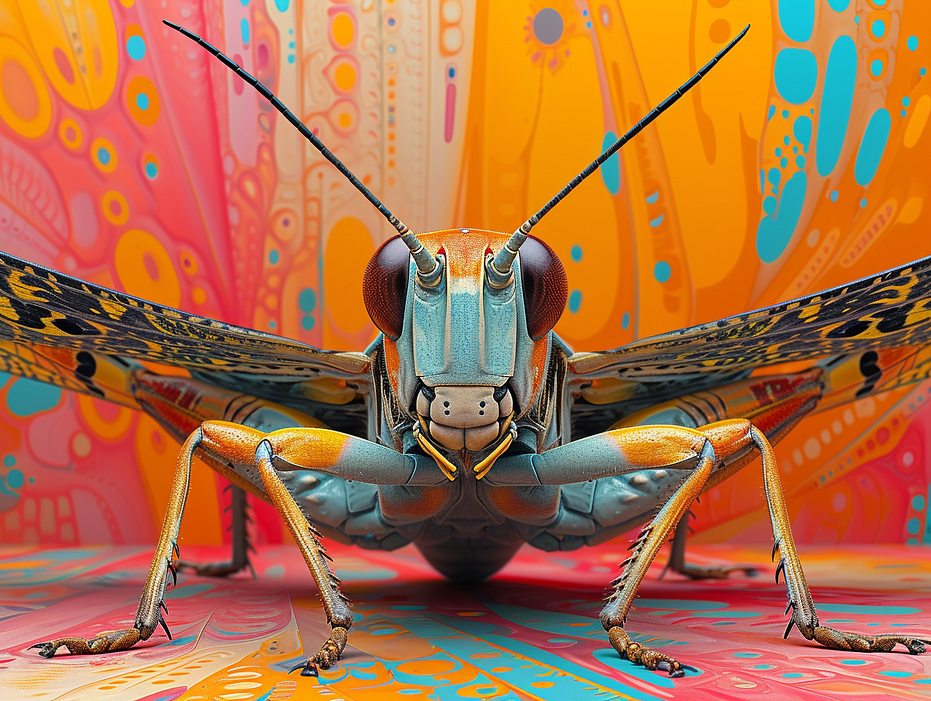
The Spark of Imagination:
Ideas for my LORAs can come from anywhere: a community member’s request, a personal artistic itch, or simply the urge to experiment. Remember that breathtaking “artfullydance — v1” pack? All thanks to a fellow AI artist seeking that unique aesthetic! But enough about me, let’s get into the juicy details of how I bring these concepts to life.
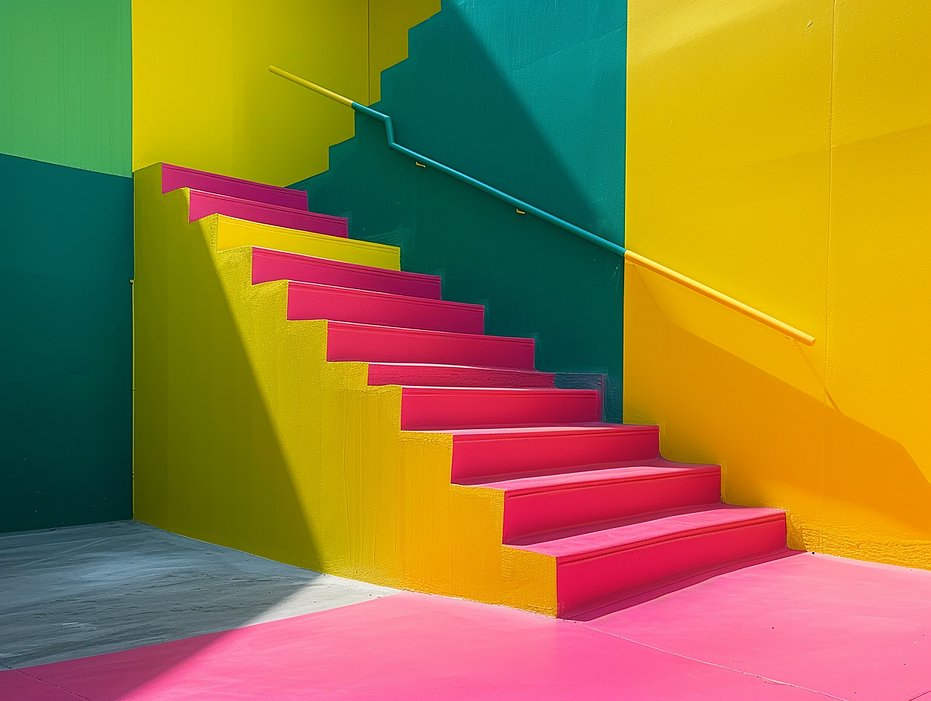
Painting with Pixels:
My process kicks off with Midjourney, the AI image generation platform. I start with basic prompts, sprinkling in keywords that reflect my artistic style, like “geometric abstraction” or “dark fantasy.” Think of it like building a foundation. Then, I iteratively refine the prompt, feeding off Midjourney’s key phrase suggestions, until I capture the essence of my vision. It’s like sculpting with words, coaxing the AI to paint with pixels.
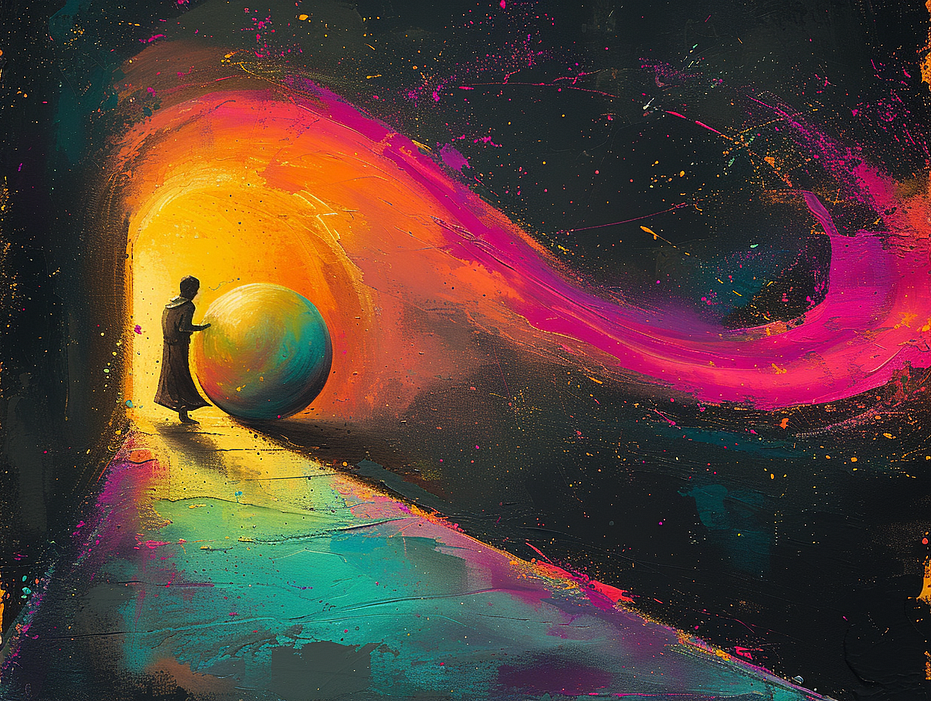
From Vision to Code:
Once I have a collection of images that embody my LORA’s spirit, it’s time to head over to Civitai, the open-source haven for AI models and collaboration. Here, I feed those images into the LORA creation tool, adjusting parameters like epochs and learning rate. Each iteration gives me a “model in training,” a glimpse into the LORA’s potential.
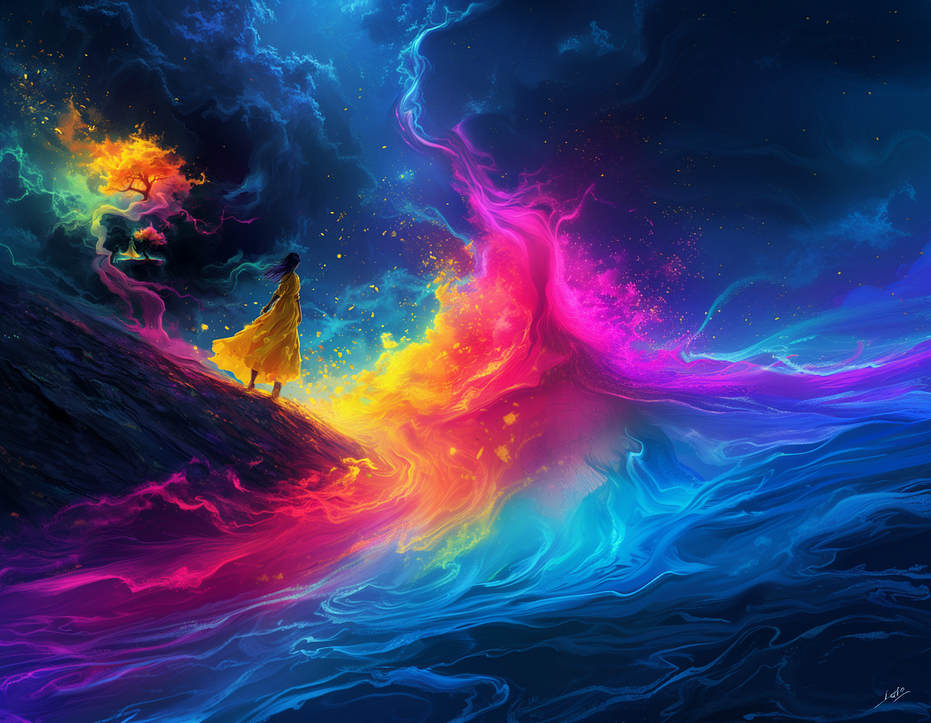
Testing and Refining:
But before hitting publish, I take my masterpiece-in-progress to another AI art powerhouse: Stable Diffusion. As a Civitai supporter, I enjoy the seamless connection that allows me to directly test my newly minted LORA within Stable Diffusion’s environment. Here, I experiment with various base models and settings, generating a curated set of images that showcase the LORA’s capabilities. These aren’t just test runs; they’ll be the visuals that accompany my LORA when I release it to the world, giving users a concrete understanding of its potential. I meticulously select around 20 images that perfectly capture the LORA’s essence, ensuring they align with the initial test images used in its creation.

Sharing the Artfullyprompt Way:
With my selection of representative images ready, I finally publish my LORA on Civitai. Remember, it’s not just about releasing a tool; it’s about fostering collaboration. Civitai’s interconnectedness with Stable Diffusion shines again, allowing users to seamlessly import my creation and experiment with it directly within their Stable Diffusion workflow. They can even replicate my exact settings for a familiar starting point, thanks to the platform’s detailed generation records. And the best part? This open-endedness encourages creative exploration and adaptation. While I offer some guidance on my LORA’s potential uses, I truly relish seeing how others personalize and push it beyond my initial vision. The community feedback loop is invaluable, fueling my future LORA creations and enriching the entire Civitai ecosystem.
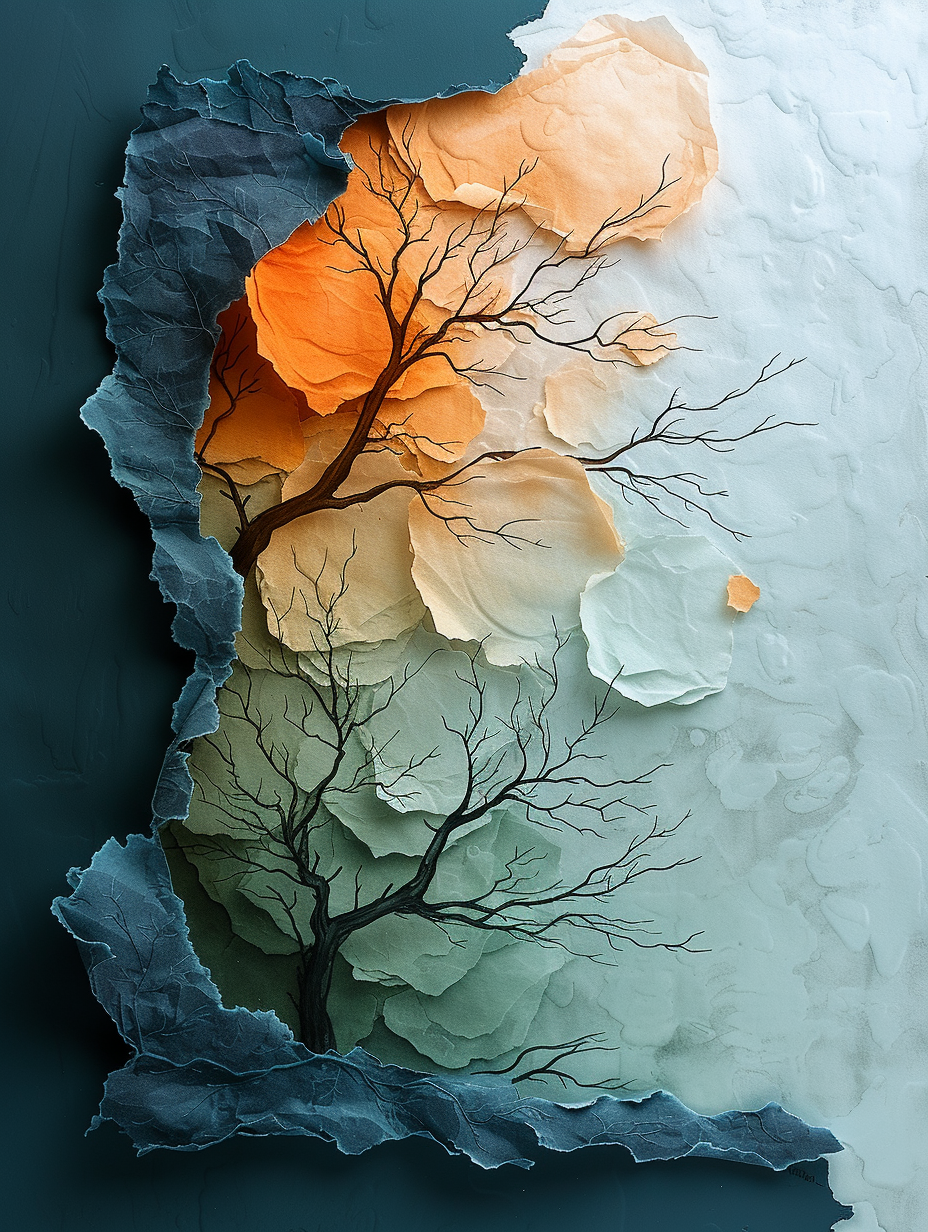
Conclusion:
Creating LORAs is a constant learning journey, and Civitai has been my faithful companion. From igniting inspiration to testing and sharing, the platform fosters a collaborative spirit that pushes the boundaries of AI art. If you’re curious about crafting your own LORAs, dive into the open-source world, embrace the community, and remember, your imagination is the only limit!
